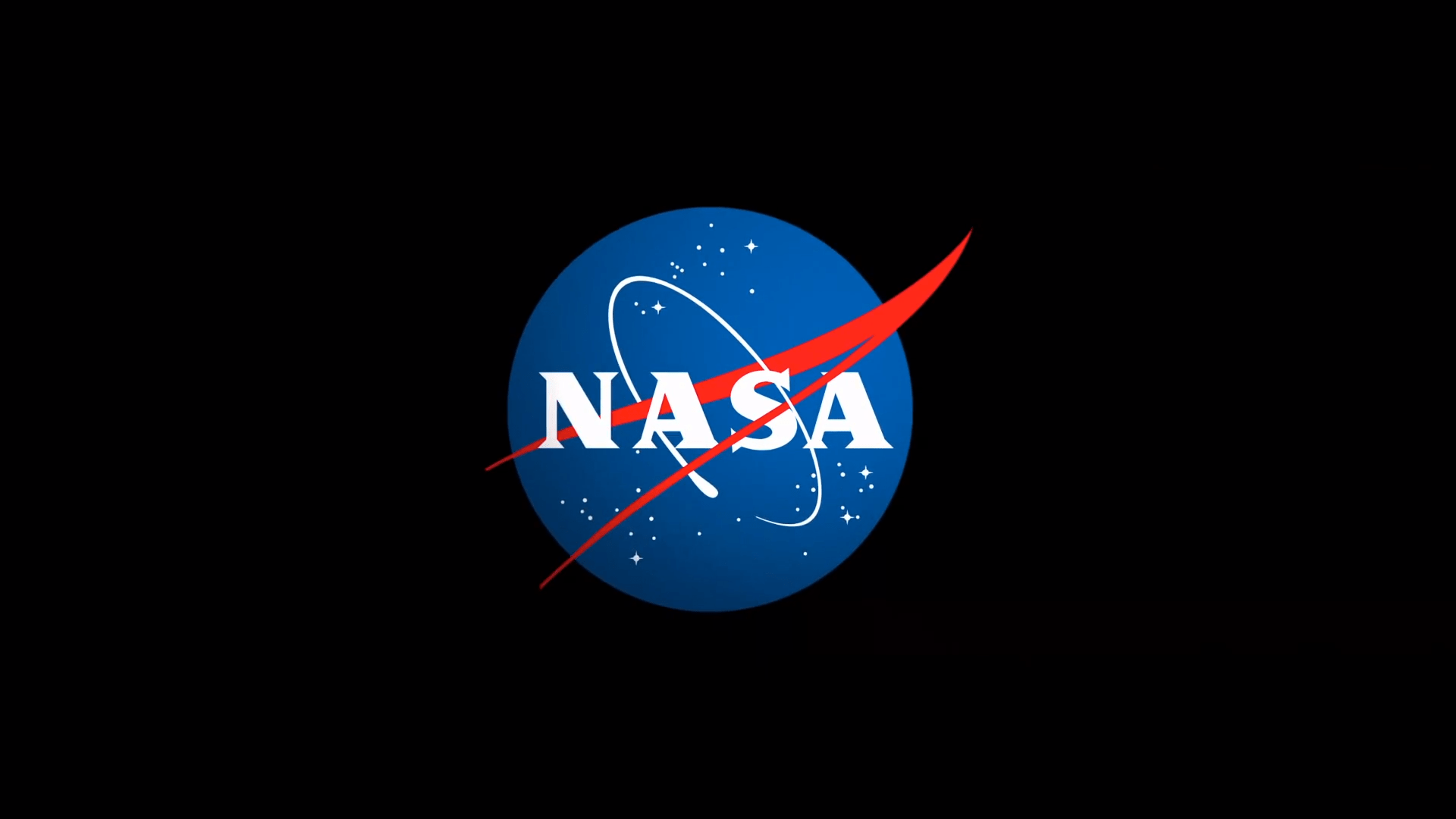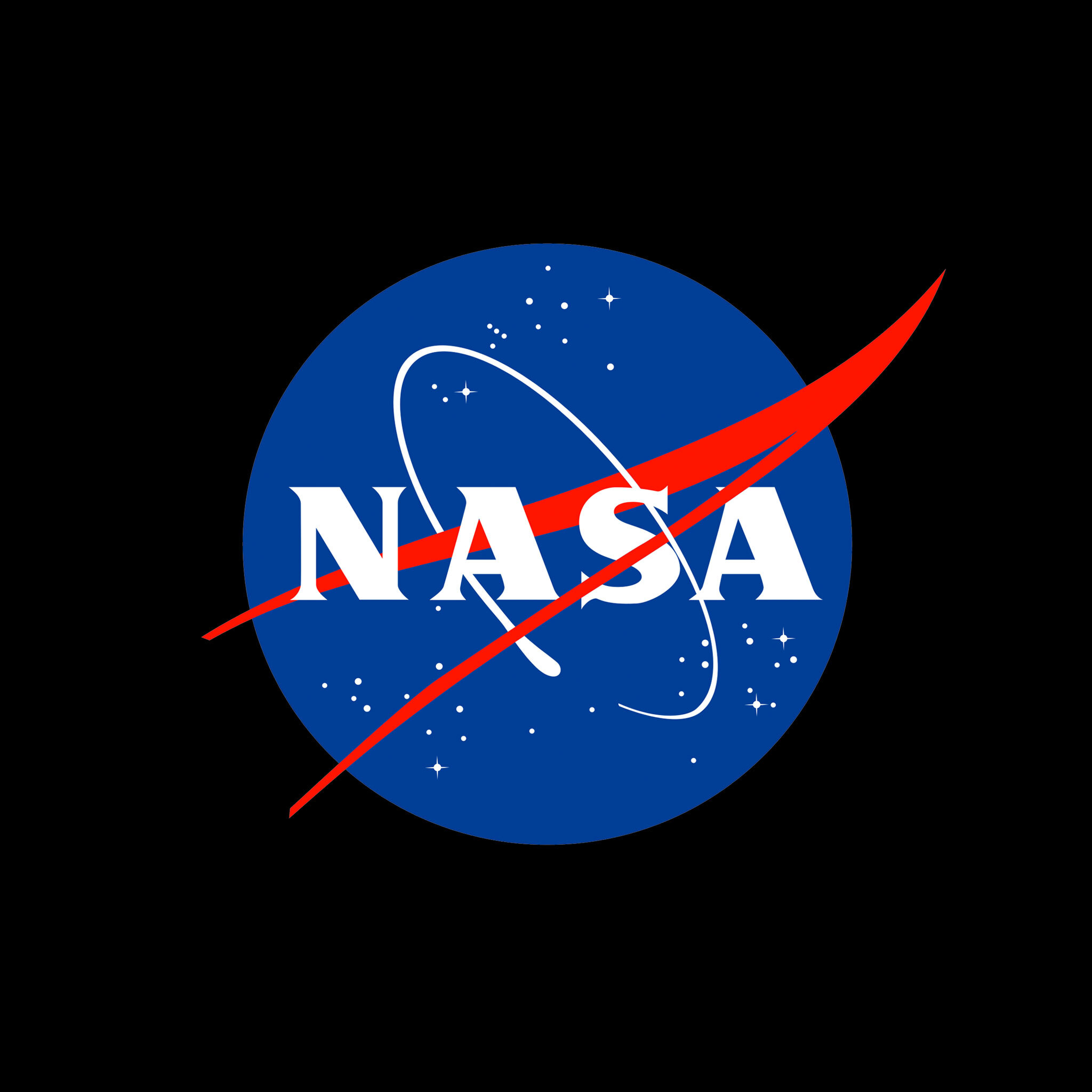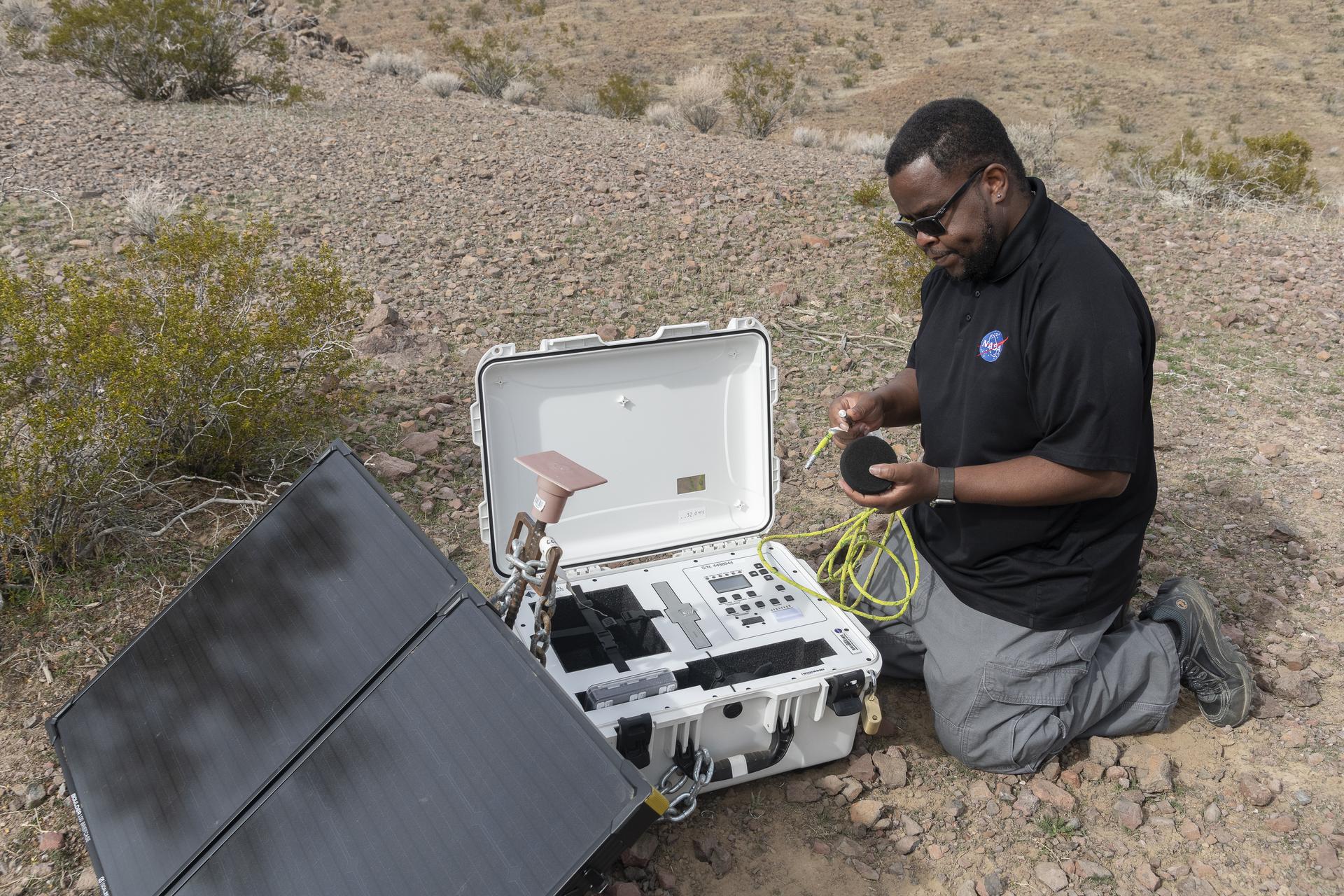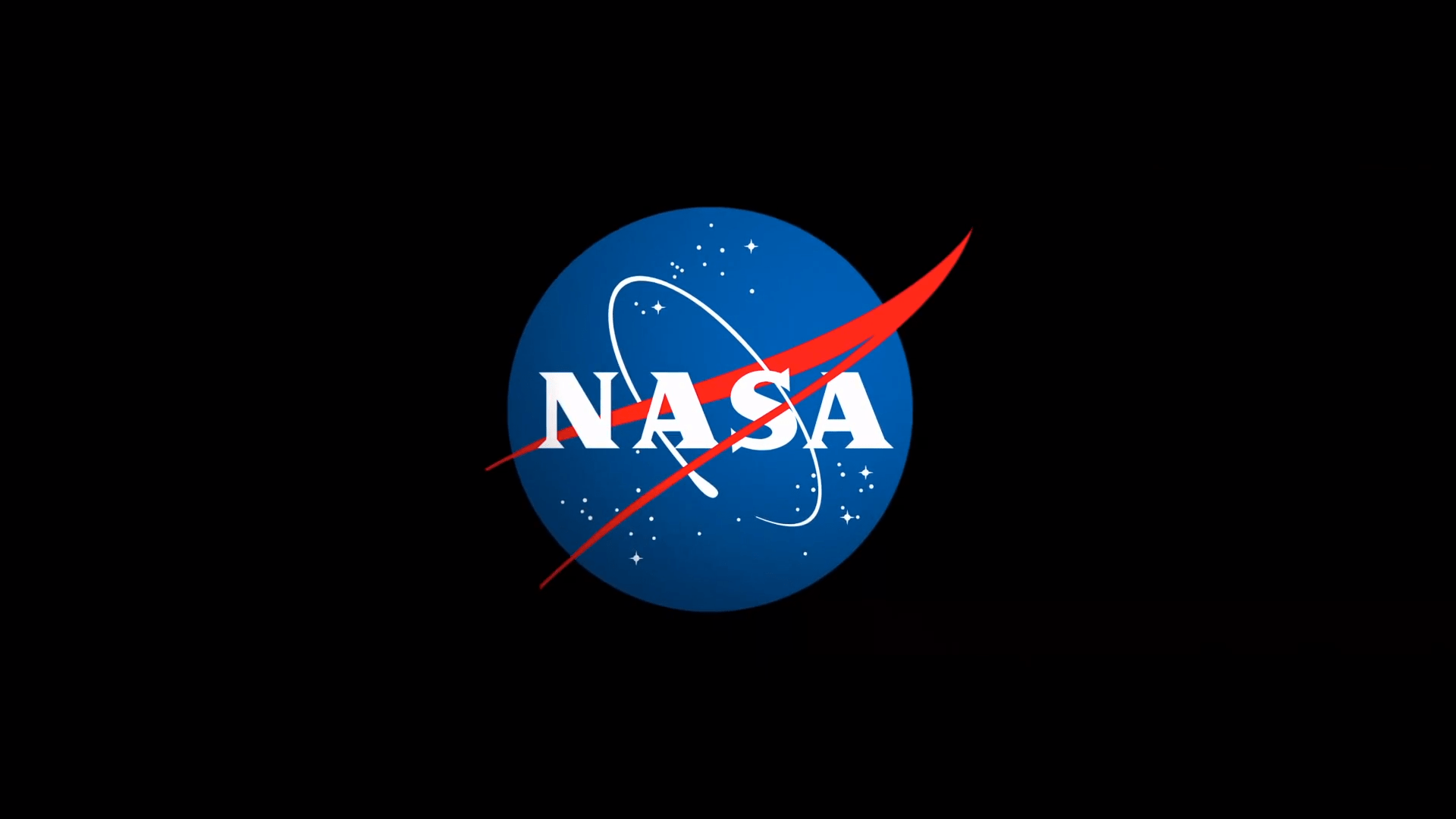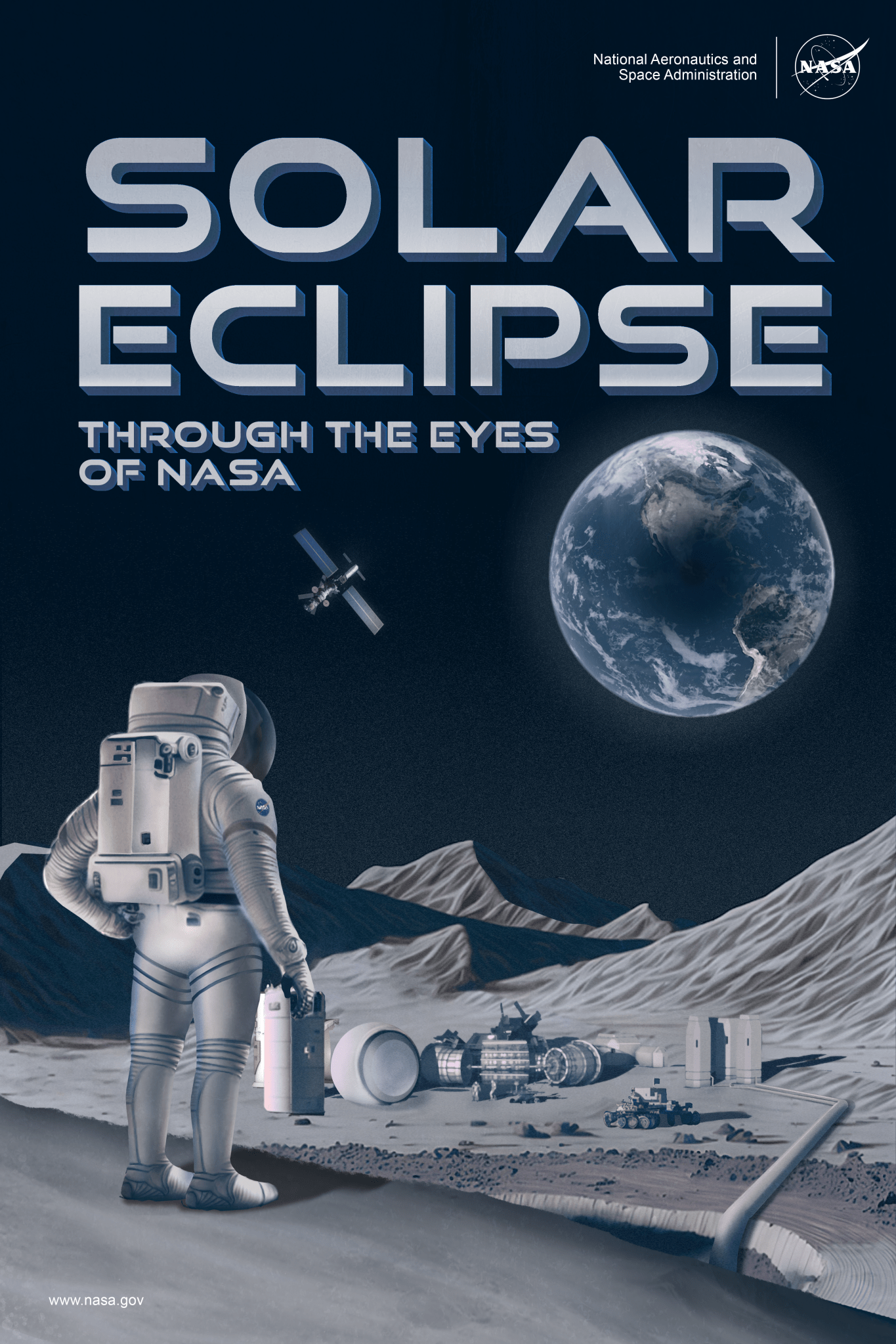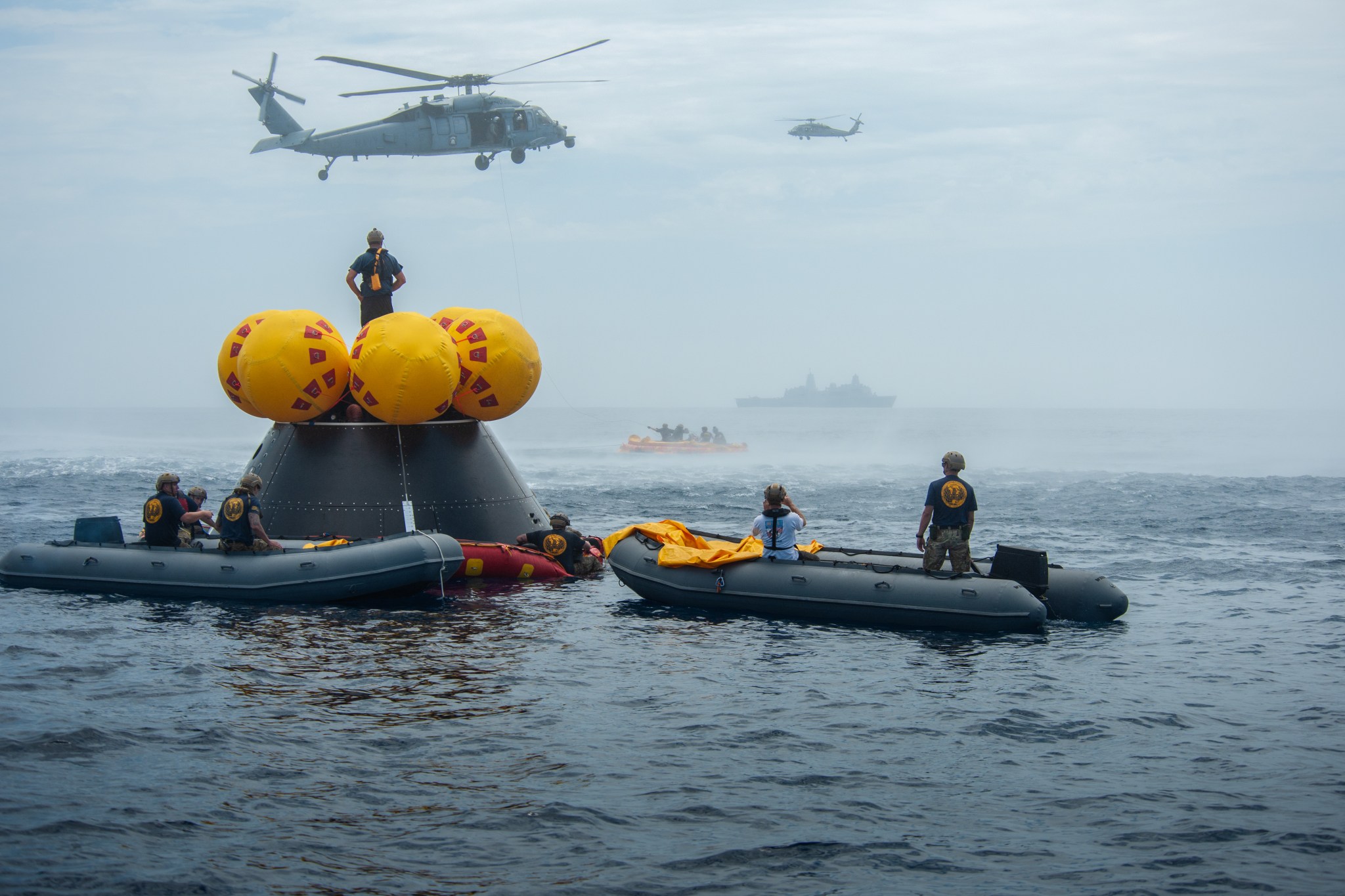NASA and Intuitive Machines will host a televised news conference at 5 p.m. EST Friday, Feb. 23, to detail the Odysseus lander’s historic soft Moon landing. With the last-minute assistance of a NASA precision landing technology, the first CLPS, or Commercial Lunar Payload Services, mission carrying the agency’s science and technology demonstrations successfully landed on the Moon at 6:23 p.m. on Feb. 22. This mission is the first U.S. soft landing on the Moon in more than 50 years. Flight controllers are communicating and commanding the lander, which is solar…
Read MoreMonth: February 2024
Spring 2024 Pathways Vacancies
31 min read Preparations for Next Moonwalk Simulations Underway (and Underwater) Our next application cycle will open on February 26, 2024 for Fall 2024 opportunities. All Pathways internship vacancy announcements are posted on USAJOBS. Below are the available pathways at each NASA center. To apply for a suitable opportunity, first identify the category of work you’re interested in, and ensure you have a qualifying major (check whether it is required or preferred). Note that each center hiring in the same category of work will use the same job post. If you’re interested…
Read MoreNASA Instruments Will Listen for Supersonic X-59’s Quiet ‘Thump’
4 min read Preparations for Next Moonwalk Simulations Underway (and Underwater) NASA recently completed a series of tests to reduce risks prior to Phase 2 of its Quesst mission, which will test the ability of the X-59 experimental aircraft to make sonic booms quieter. Credits: NASA/Steve Parcel NASA’s X-59 experimental aircraft is unique – it’s designed to fly faster than the speed of sound, but without causing a loud sonic boom. To confirm the X-59’s ability to fly supersonic while only producing quiet sonic “thumps,” NASA needs to be able…
Read MoreNASA Awards Spaceflight Development, Operations Contract
NASA has selected Sierra Lobo Inc. of Fremont, Ohio, to support spaceflight hardware design, development, testing, and operations at NASA’s Glenn Research Center in Cleveland. The Space Flight Systems Development and Operations Contract III is a cost-plus-fixed-fee contract featuring a cost-plus-fixed-fee and firm-fixed-price indefinite-delivery/indefinite-quantity provision with a maximum potential value of approximately $282.1 million. The 90-day phase-in period is anticipated to begin on Tuesday, Feb. 27, followed by a three-year base period and two two-year option periods. The systems development and operations contract encompasses the development and delivery of technology…
Read MoreNASA Eclipse Soundscapes Project will record how 2024’s total solar eclipse impacts nature
While humans will enjoy the majesty of the total solar eclipse as it sweeps across several states in the U.S. on April 8, 2024, the celestial event will also be experienced by flora and fauna. That’s why the NASA-funded Eclipse Soundscapes Project will observe and collate the sights and sounds of the total solar eclipse to allow humanity to better understand how such events can impact wildlife. The agency is also urging the public to join in on this effort. “Eclipses are often thought of as a visual event —…
Read MoreMeet the Creators, Part 4: Two New 2024 Total Eclipse Posters
4 min read Meet the Creators, Part 4: Two New 2024 Total Eclipse Posters Total solar eclipses reveal the Sun’s outer atmosphere – the corona – a white, wispy halo of solar material that flows out from around the Sun. This atmosphere is breathtaking as it glows in the sky for viewers on Earth, surrounding the dark disk of the Moon. In addition to revealing this normally hidden part of our Sun, the eclipse also darkens the sky, changes shadows, and cools the air. It can feel like living inside a…
Read MoreNASA Invites Media to Speak with Artemis II Moon Crew, Recovery Team
Naval helicopters fly over a test version of NASA’s Orion spacecraft and personnel involved in training activities in the Pacific Ocean in July 2023, in preparation for Artemis II. Teams from NASA, including the Artemis II crew, and the Department of Defense are training this month off the coast of San Diego to prepare to recover the astronauts and Orion when they return to Earth. Credits: NASA/Kenny Allen Media are invited to speak with the four Artemis II astronauts on Wednesday, Feb. 28, at Naval Base San Diego in California.…
Read MoreWebb Finds Evidence for Neutron Star at Heart of Young Supernova Remnant
5 Min Read Webb Finds Evidence for Neutron Star at Heart of Young Supernova Remnant The James Webb Space Telescope has observed the best evidence yet for emission from a neutron star. Credits: NASA, ESA, CSA, STScI, C. Fransson (Stockholm University), M. Matsuura (Cardiff University), M. J. Barlow (University College London), P. J. Kavanagh (Maynooth University), J. Larsson (KTH Royal Institute of Technology) NASA’s James Webb Space Telescope has found the best evidence yet for emission from a neutron star at the site of a recently observed supernova. The supernova,…
Read MoreJames Webb Space Telescope spots neutron star hiding in supernova wreckage
Using the James Webb Space Telescope (JWST), astronomers have ended a nearly decade-long game of celestial hide-and-seek after they discovered a neutron star in the wreckage of a stellar explosion. Supernova 1987A represents the remains of an exploded star that once had a mass around 8 to 10 times that of the sun. It is located around 170,000 light-years away in the Large Magellanic Cloud, a dwarf galaxy neighbor of the Milky Way. Supernova 1987A was first spotted by astronomers 37 years ago in 1987, hence the numerical aspect of…
Read MoreRadio signals from Orion nebula reveal new data about strange celestial objects: ‘JuMBOS’
Last year, using the James Webb Space Telescope (JWST), astronomers made the startling discovery of some free-floating, planetary-mass objects in the Orion nebula that threw their ideas of planet and star formation into doubt. And now, new research has further deepened the mystery around these so-called Jupiter-mass binary objects, or JuMBOs. JuMBOs aren’t stars, but aren’t really planets either. Mark McCaughrean, senior science advisor at the European Space Agency (ESA), and colleagues originally located the objects in the Orion nebula. This nebula is a star birthing region, also known as Messier…
Read More